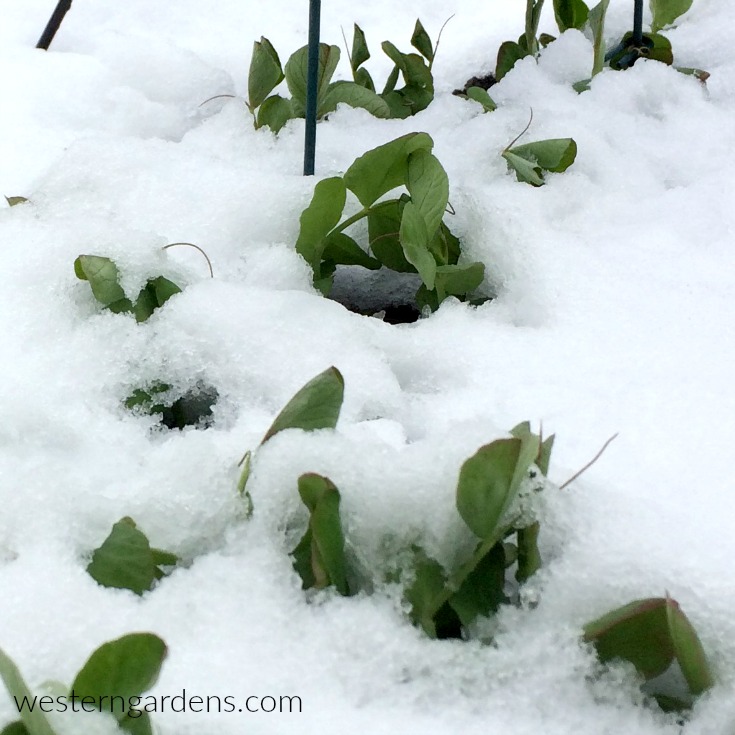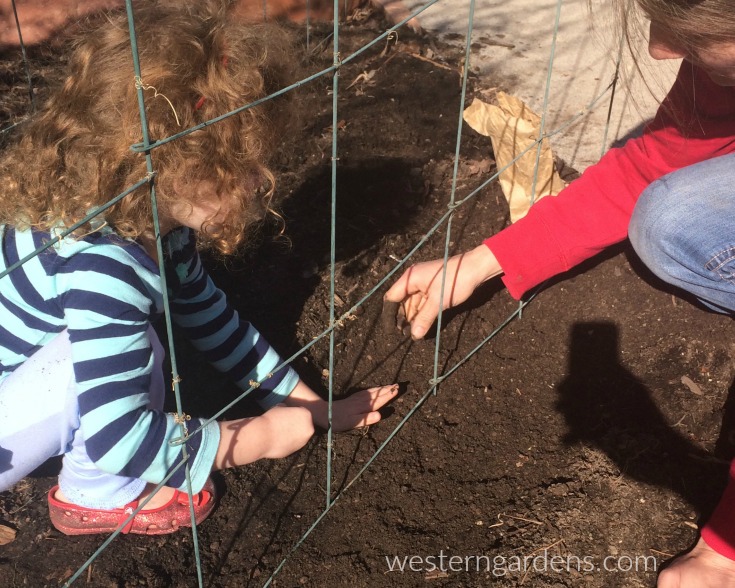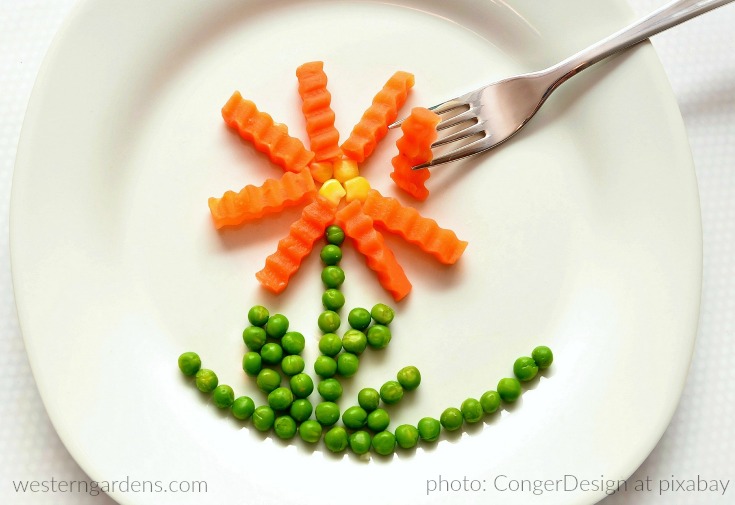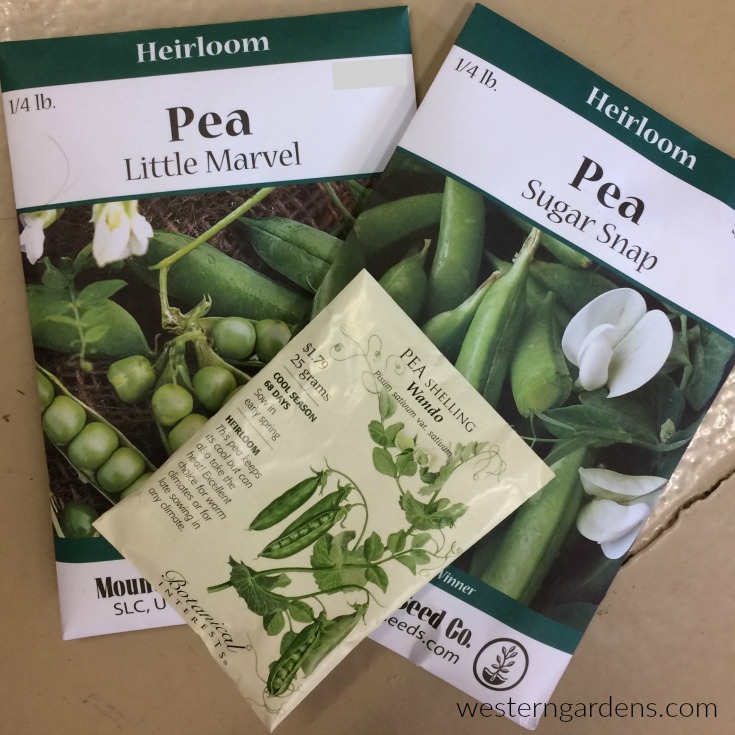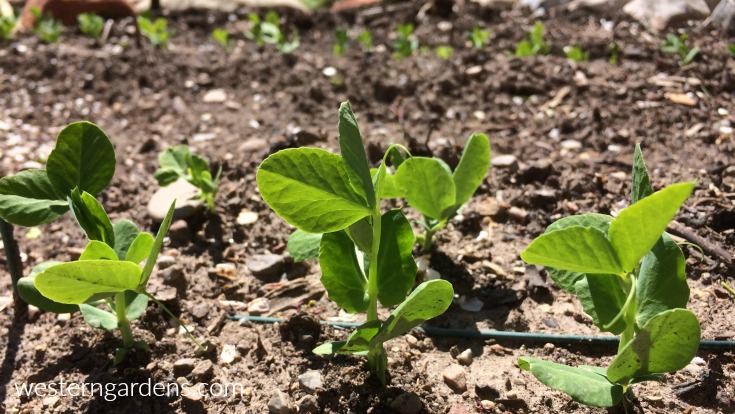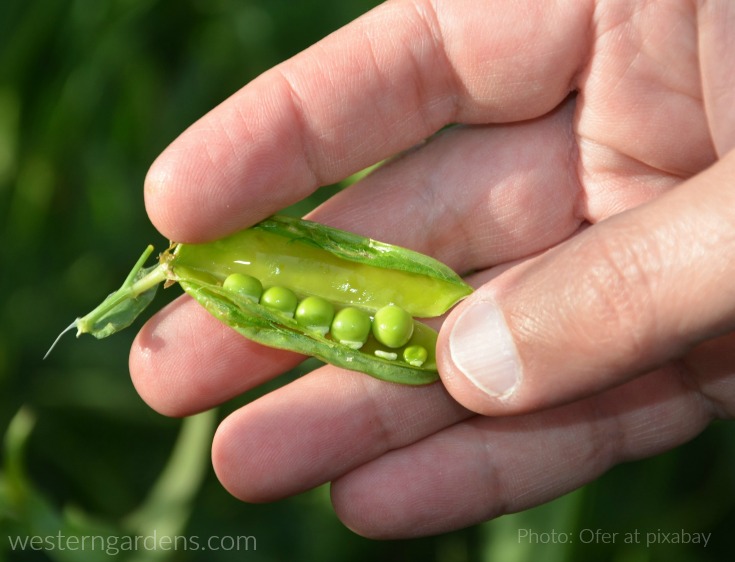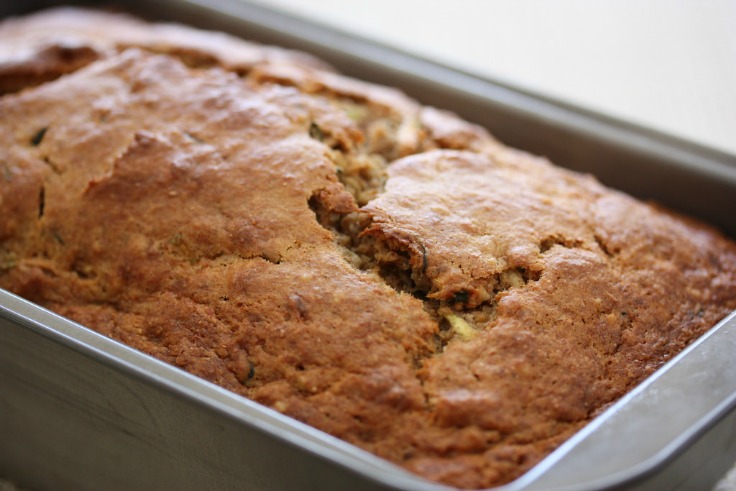Welcome, Glad you stopped by!
Garden mulch makes a yard look well kept, but there are other excellent reasons why it is good to lay down a layer of this simple garden basic.
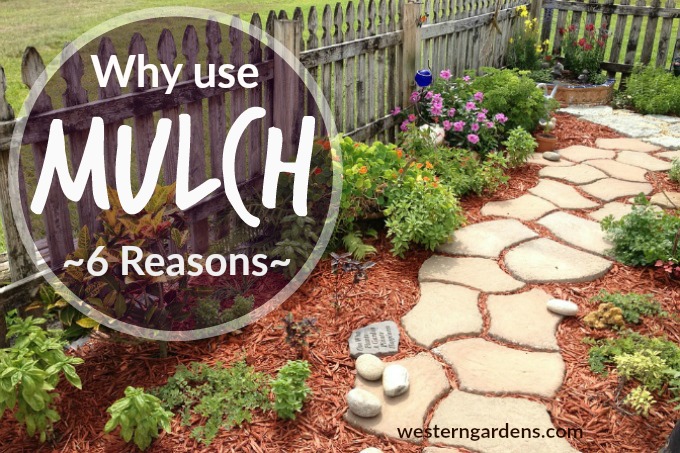
If you give me the choice between spending a Saturday working in the house or working in the yard, I will choose my yard every time. The reason? For me, there is something deeply satisfying in pulling weeds and neatening up flower beds. Yes, I know that the weeds will eventually grow back, but it takes them longer to return than it does the messes in my house. Those will reappear before the day is over!
After I finish weeding my yard, I like to put down fresh mulch. Not only does it make everything look tidy, it’s an important step in taking care of the yard. Mulch provides several key benefits for your yard. If you’ve never put it down before, consider the following benefits that it offers.
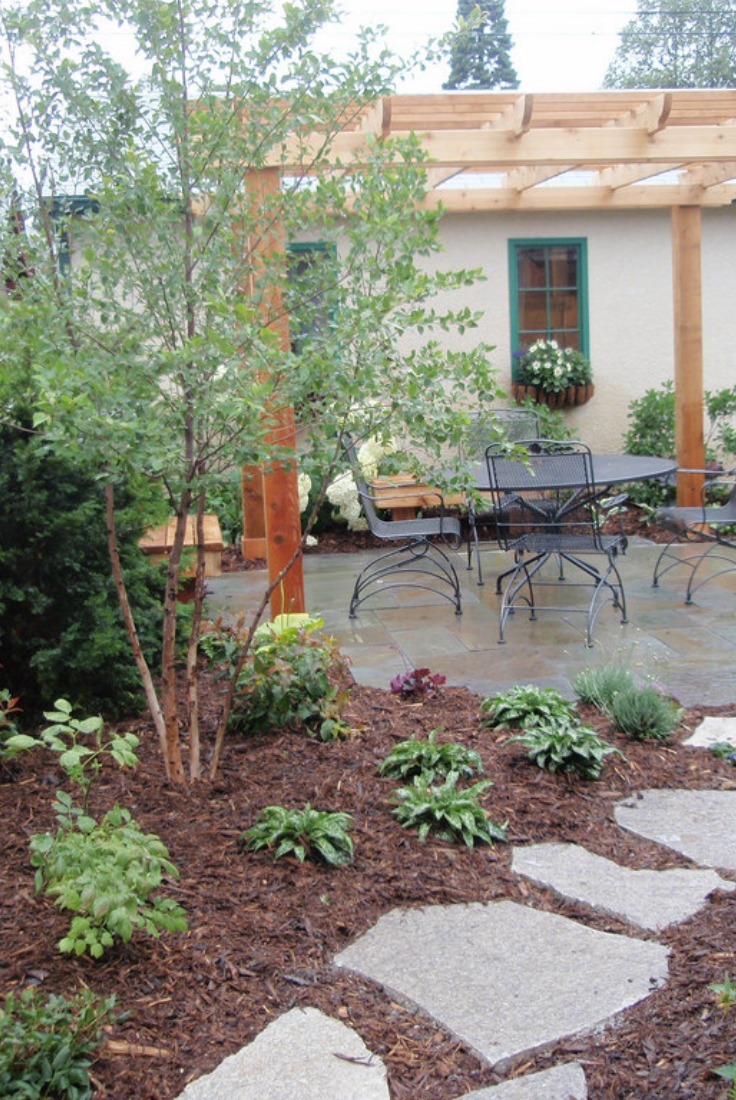
Image credit: Flickr
Weed control: A layer of mulch on your flower beds and around your trees will prevent weeds from germinating and growing.
Moderates soil temperature: Mulch will help prevent the temperature in your beds from fluctuating between too hot and too cold. It’s a good idea to apply your mulch after the soil has had a chance to warm up.
Retains moisture: Mulch prevents moisture from evaporating out of the soil. This benefits plant roots and leads to healthier growth.
Prevents erosion: Mulch will also prevent soil from eroding when it rains. When it rains the water hits the mulch first and keeps the soil from washing away.
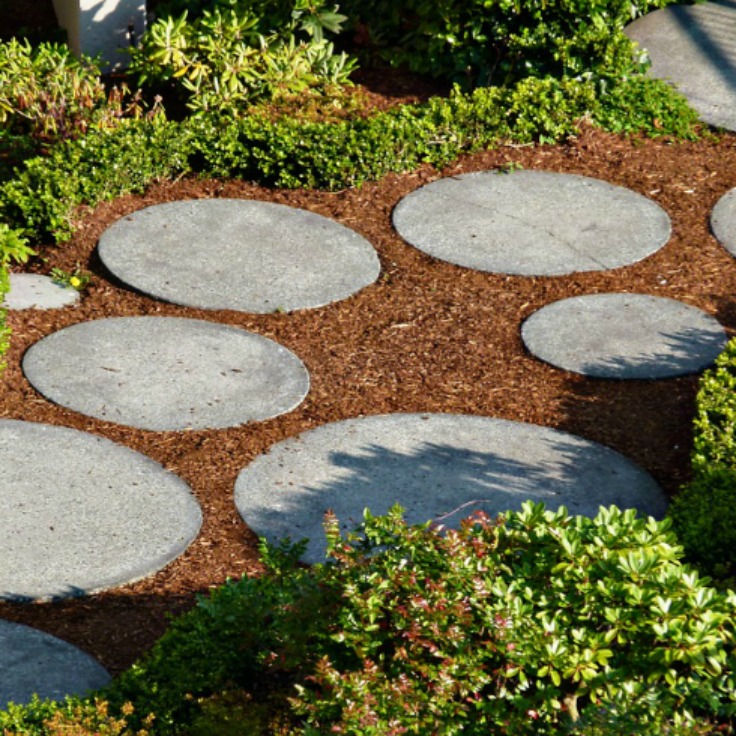
Image Credit: Pixabay
Adds nutrients to the soil: The definition of mulch is anything that you put down on your soil, but if you choose an organic mulch you will have the benefits of adding nutrients to your soil as your mulch decomposes. Even if you don’t select an organic mulch, the layer will prevent the soil’s nutrients from washing away.
Curb Appeal: Mulch gives your yard a polished look and the choices are endless. I prefer the look of a dark mulch, so we tend to use dark organic mixes that will decompose in our flower beds and around our trees. Other possibilities are rocks, compost, bark, wood chips, landscape fabric, or recycled rubber tires. Whatever you choose, pick something that complements your landscaping and gives your yard a finished look. Western Gardens has a variety of quality mulch products to recommend.

Image credit: Pixabay
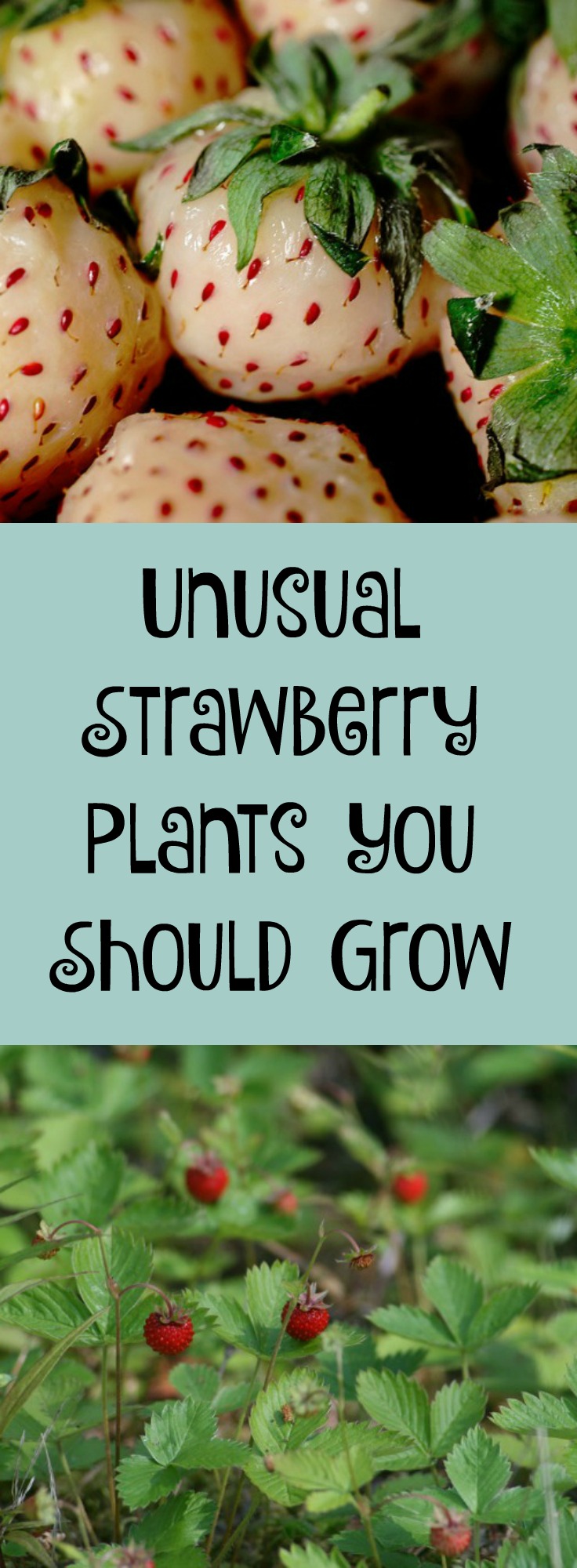
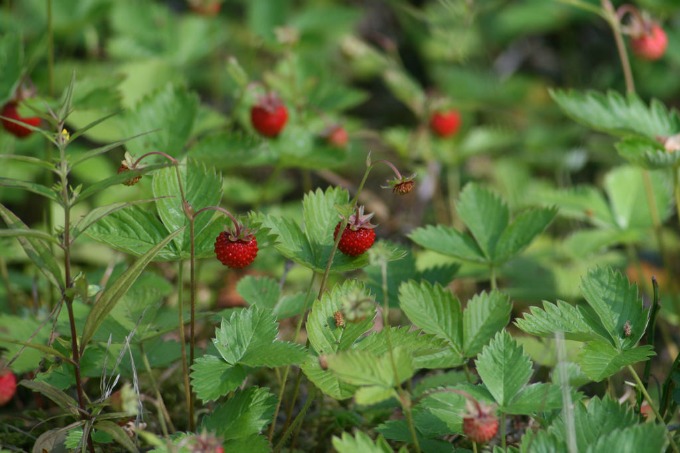
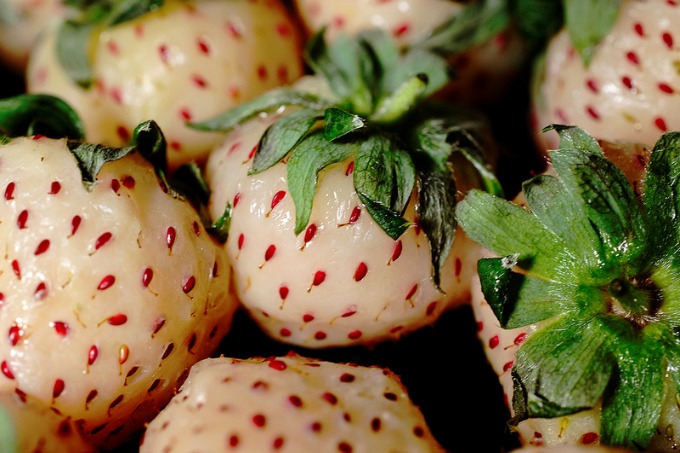

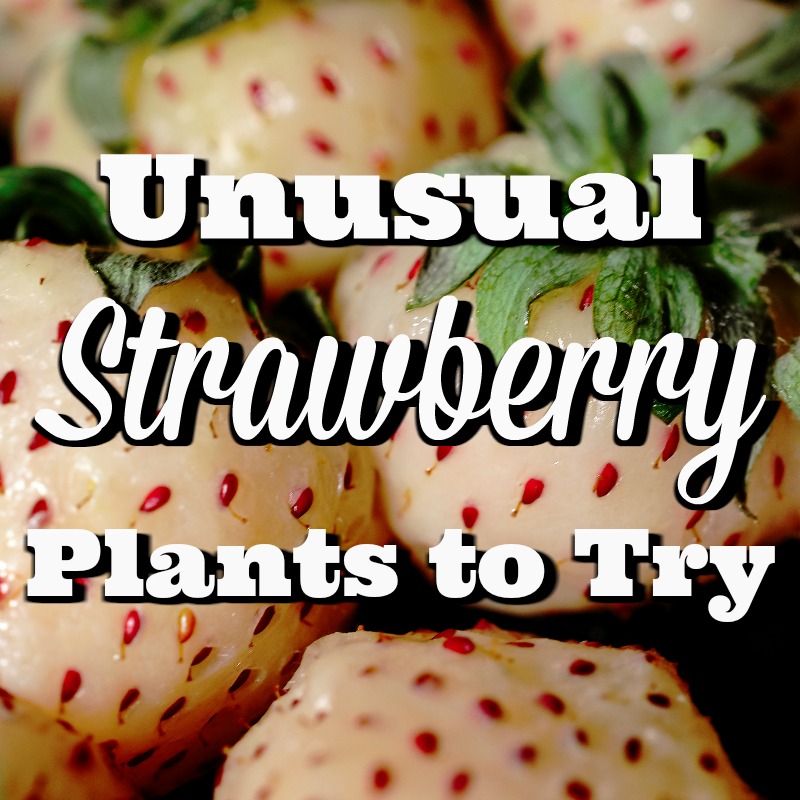
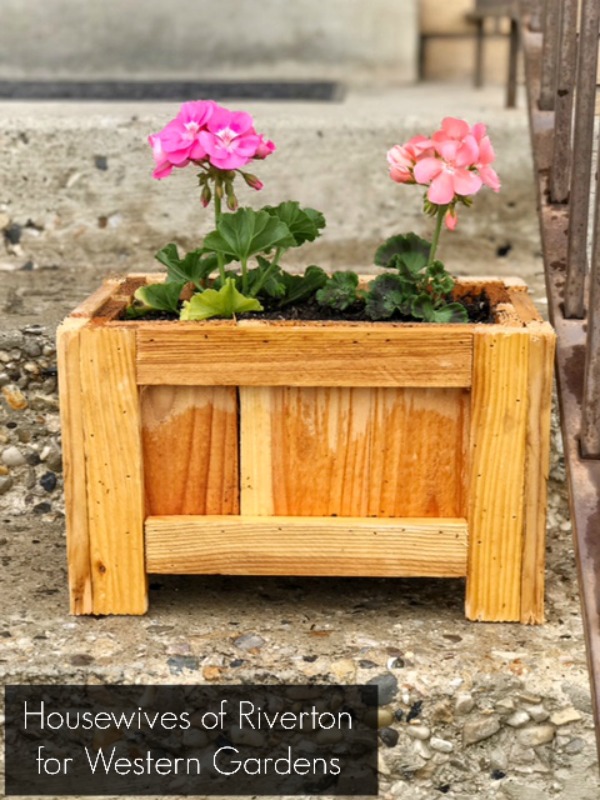 I’m pretty sure it’s a proven fact that anything is automatically cuter when it’s small. That fact holds true with this Mother’s Day Porch Planter Box. I am completely smitten with how cute it looks sitting on my steps and can’t wait to make it a couple of sisters. You’re going to love me when I tell you how easy this was to make too.
I’m pretty sure it’s a proven fact that anything is automatically cuter when it’s small. That fact holds true with this Mother’s Day Porch Planter Box. I am completely smitten with how cute it looks sitting on my steps and can’t wait to make it a couple of sisters. You’re going to love me when I tell you how easy this was to make too.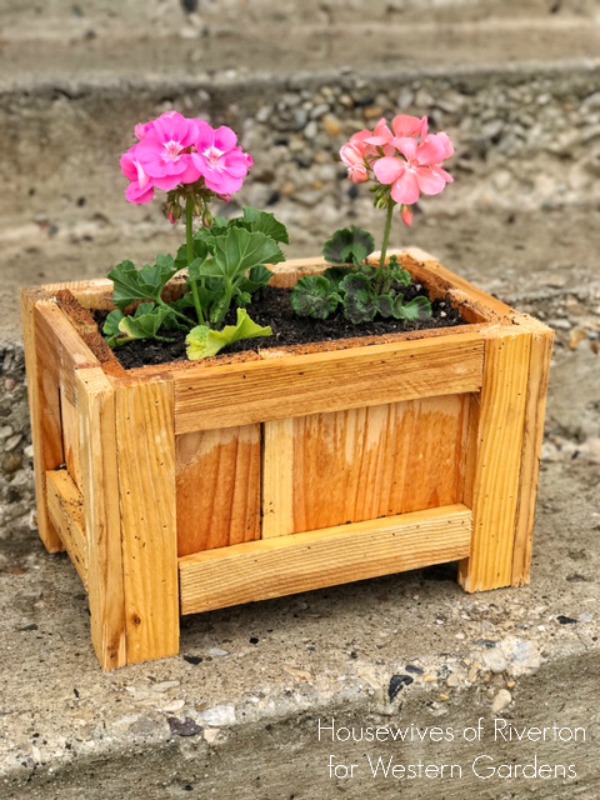 Here is a good photo of the box assembly. The fencing is less than $2 a board and the stakes we had on hand but I’m pretty sure were around a dollar each. I used just over 1 fencing board and 2 stakes for one box. I think with 4 boards and 7 stakes you could make 3 planter boxes, including nails I think you’re looking at 3 planter boxes for under $20, pretty awesome if you ask me!
Here is a good photo of the box assembly. The fencing is less than $2 a board and the stakes we had on hand but I’m pretty sure were around a dollar each. I used just over 1 fencing board and 2 stakes for one box. I think with 4 boards and 7 stakes you could make 3 planter boxes, including nails I think you’re looking at 3 planter boxes for under $20, pretty awesome if you ask me!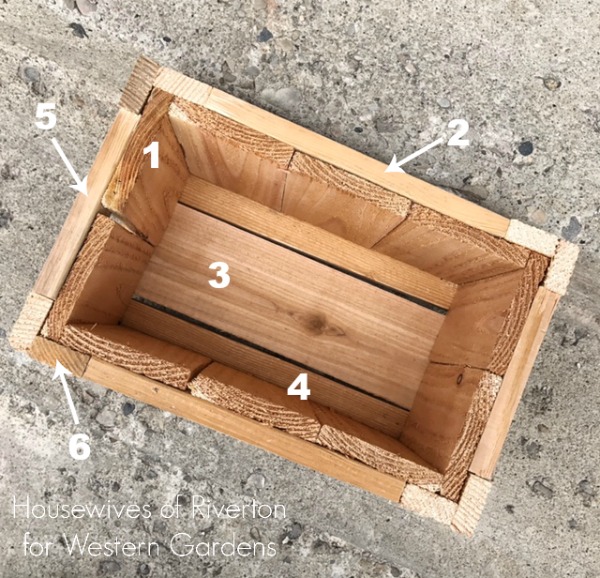 I used our miter saw to cut my pieces, if you don’t have a saw at home here is your cut list and the people at the home improvement store can cut them for you.
I used our miter saw to cut my pieces, if you don’t have a saw at home here is your cut list and the people at the home improvement store can cut them for you.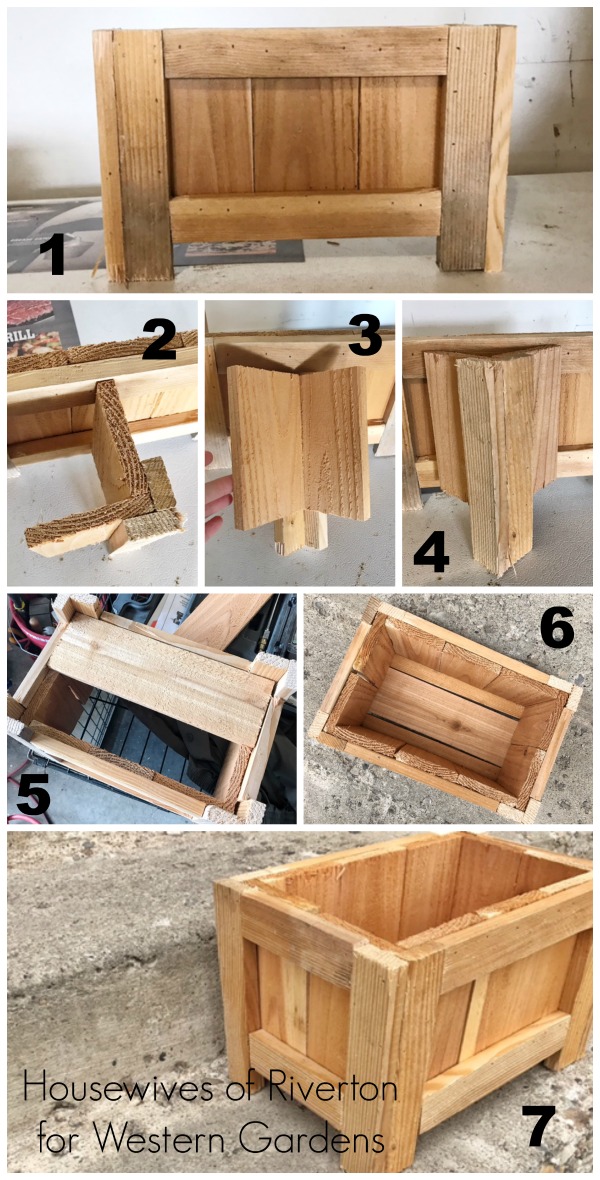
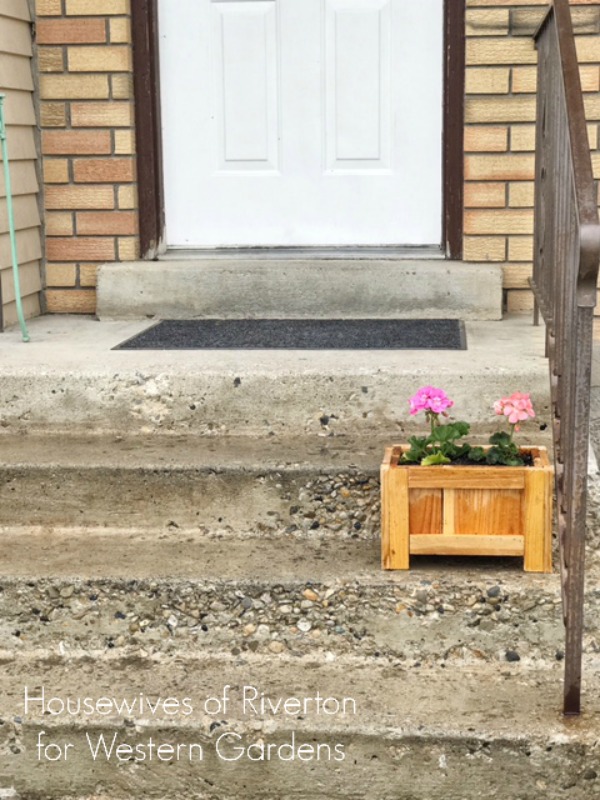 Can’t you just picture a few more of these darling little planter boxes leading all the way up the stairs. I can’t wait to get them all finished and filled with beautiful flowers from my
Can’t you just picture a few more of these darling little planter boxes leading all the way up the stairs. I can’t wait to get them all finished and filled with beautiful flowers from my 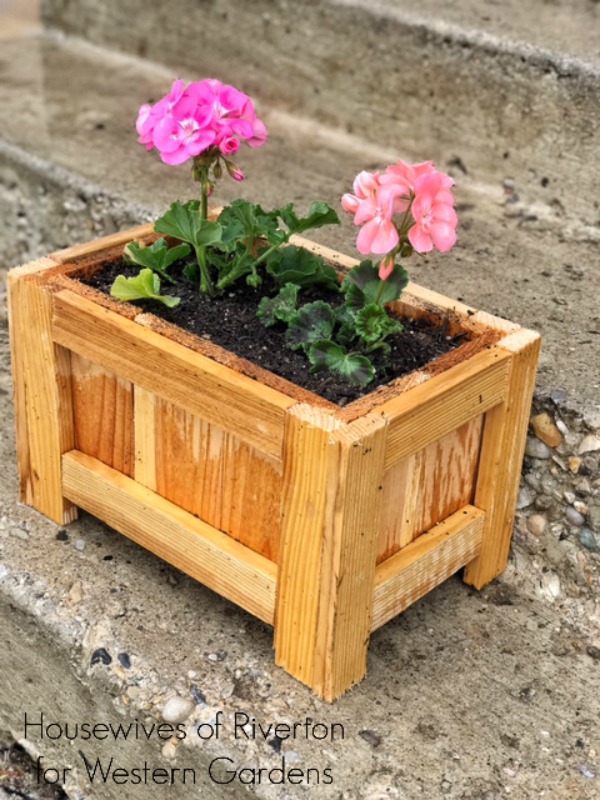
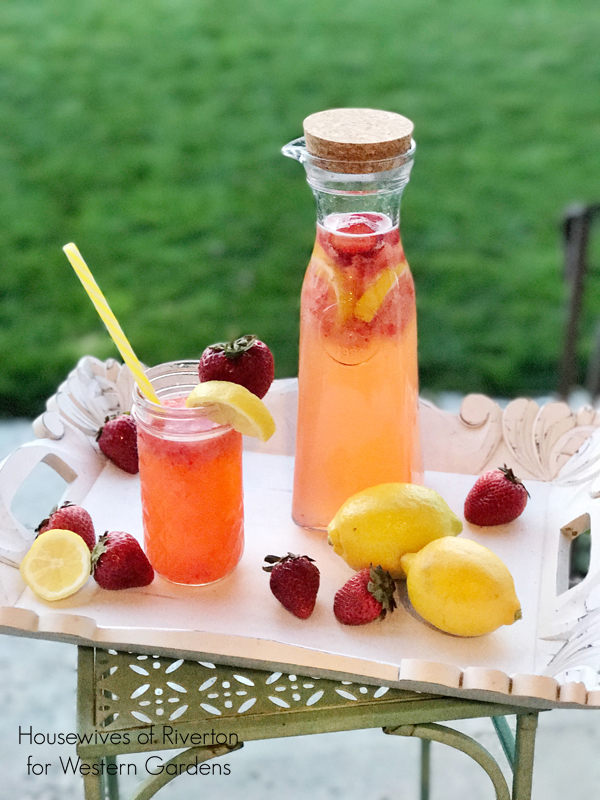 Did you know that May is National Strawberry Month and that May 20th is National Strawberry Picking Day? As if those two things weren’t the best on their own, the first Sunday in May is also National Lemonade Day. As Strawberry Lemonade is my very favorite drink I was excited to come up with the perfect Fresh Squeezed Strawberry Lemonade recipe. If the reviews from my whole family are to be believed I have succeeded with perfection.
Did you know that May is National Strawberry Month and that May 20th is National Strawberry Picking Day? As if those two things weren’t the best on their own, the first Sunday in May is also National Lemonade Day. As Strawberry Lemonade is my very favorite drink I was excited to come up with the perfect Fresh Squeezed Strawberry Lemonade recipe. If the reviews from my whole family are to be believed I have succeeded with perfection.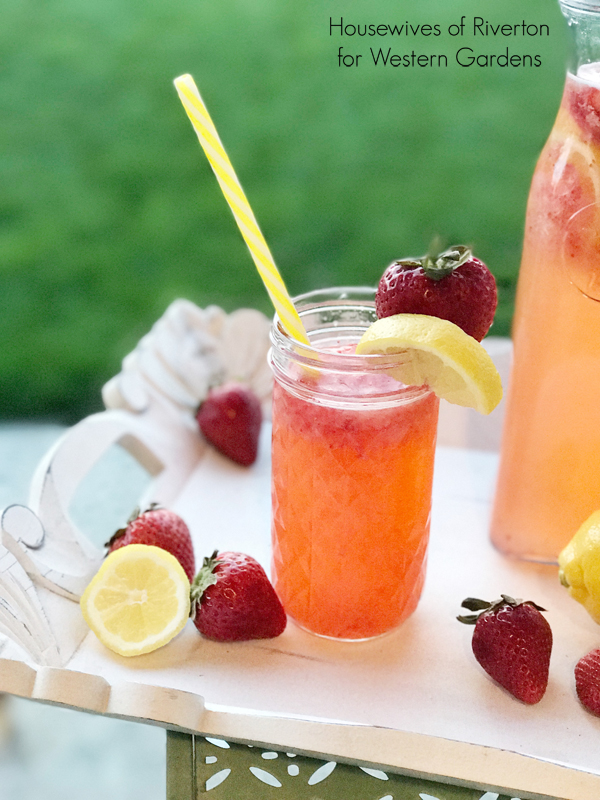 The recipe is simple and delicious, you’re going to love it and love me for sharing it with you.
The recipe is simple and delicious, you’re going to love it and love me for sharing it with you.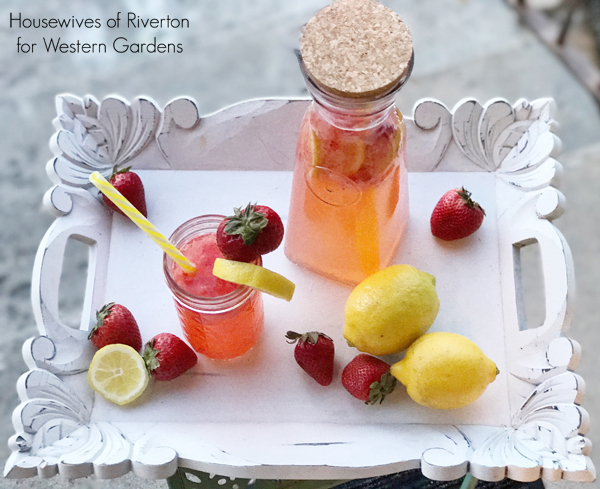
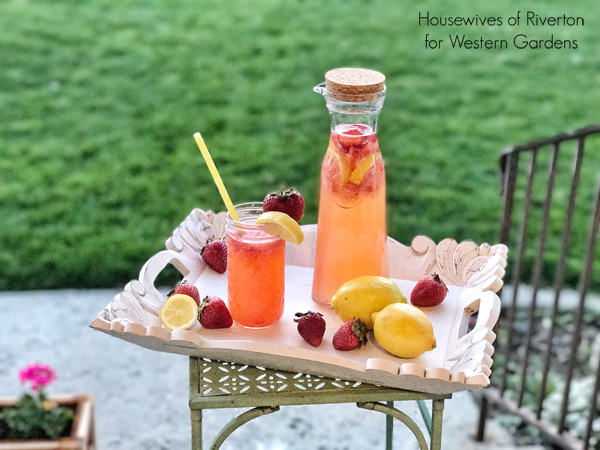 This Fresh Squeezed Strawberry Lemonade recipe is so refreshing, not too tart or sweet, the perfect combination. My whole family was so excited about this recipe that we’re looking forward to picking up our own strawberry plants to put in our garden this year and did you know that you can grow Lemon Trees indoors?
This Fresh Squeezed Strawberry Lemonade recipe is so refreshing, not too tart or sweet, the perfect combination. My whole family was so excited about this recipe that we’re looking forward to picking up our own strawberry plants to put in our garden this year and did you know that you can grow Lemon Trees indoors?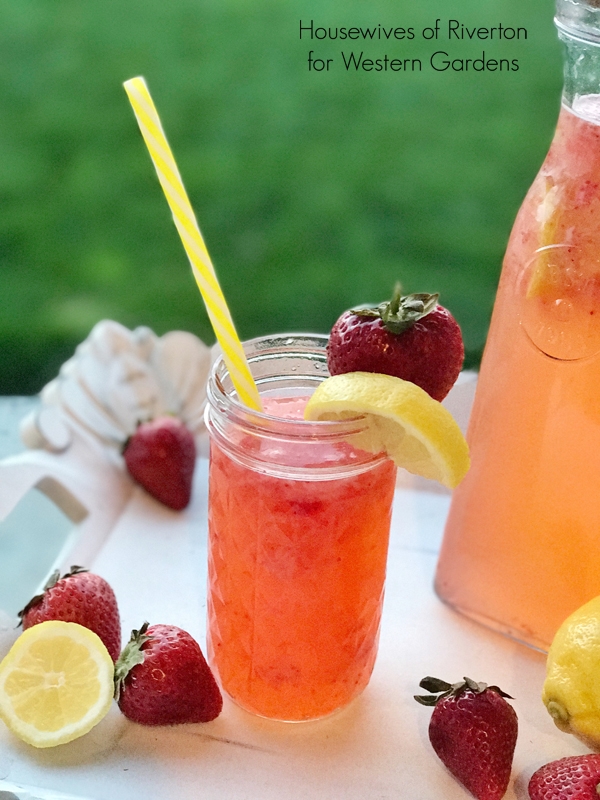 I hope you enjoy this recipe and that it adds to your strawberry and lemonade appreciation month. It has already added to ours.
I hope you enjoy this recipe and that it adds to your strawberry and lemonade appreciation month. It has already added to ours.

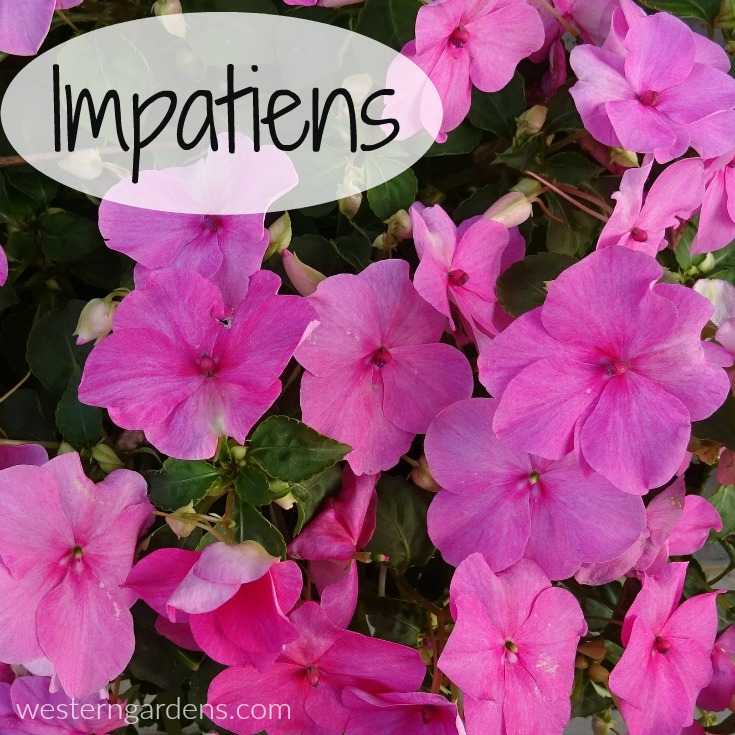
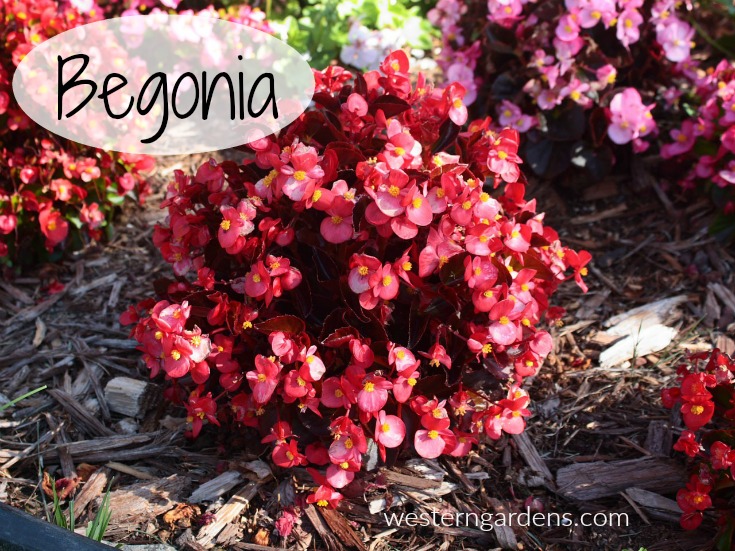
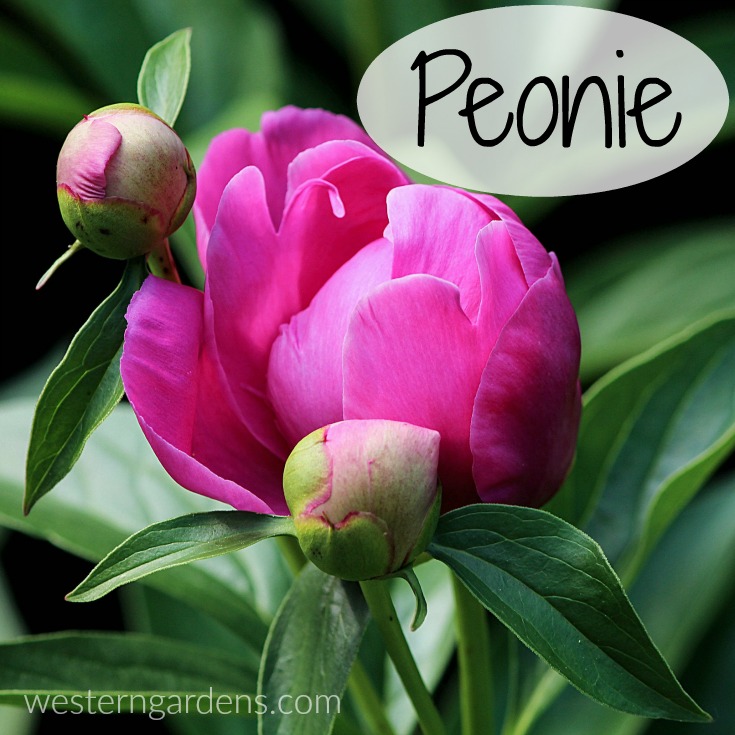
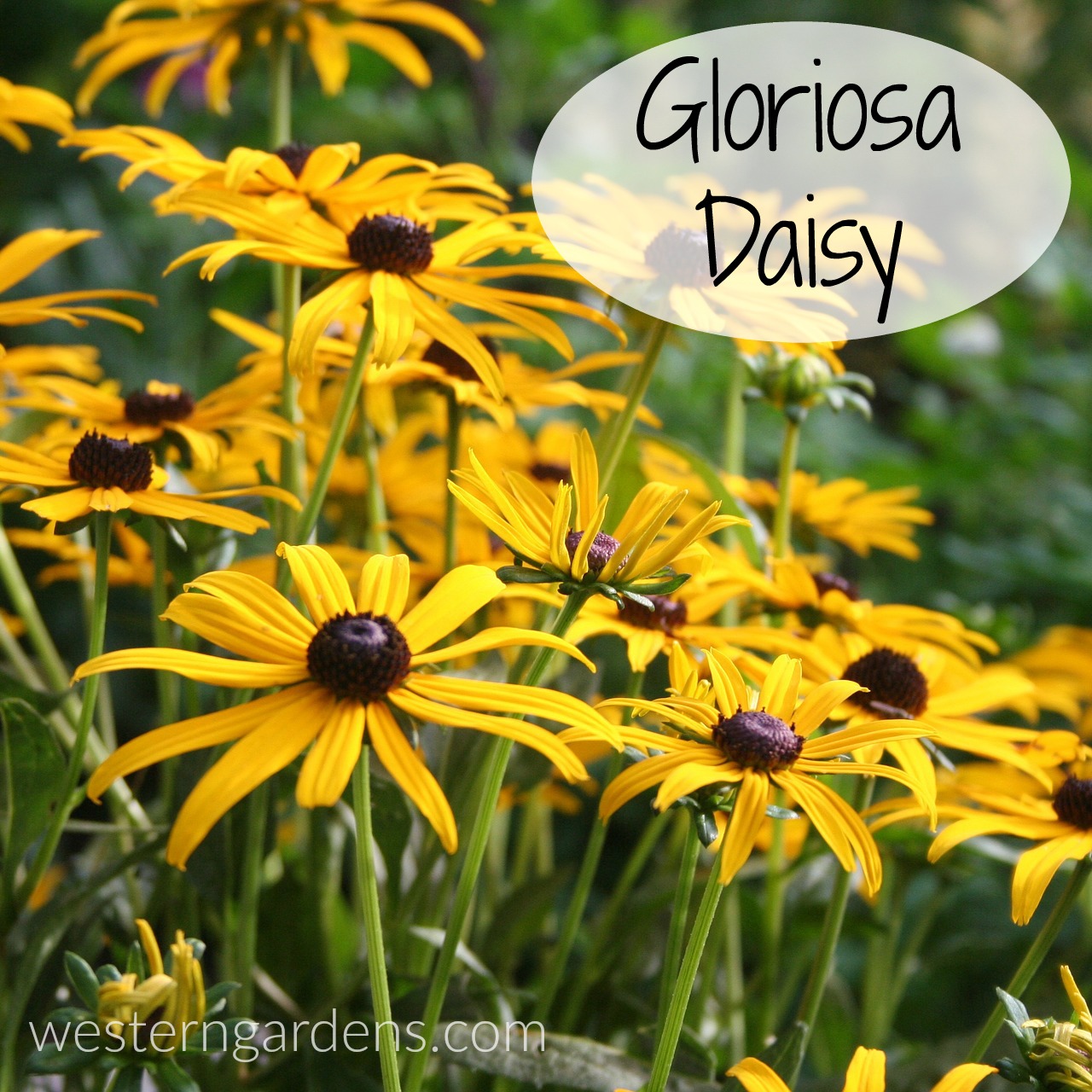
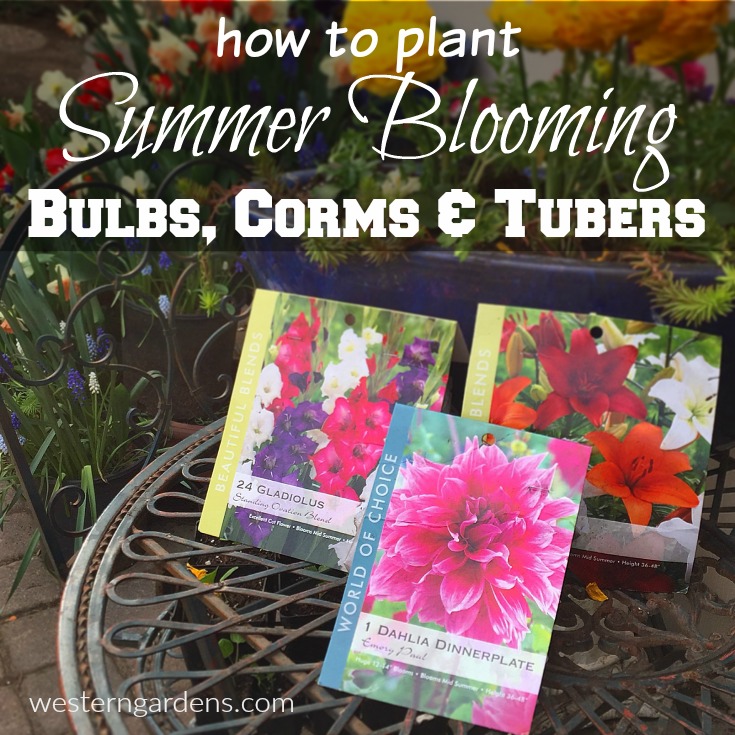
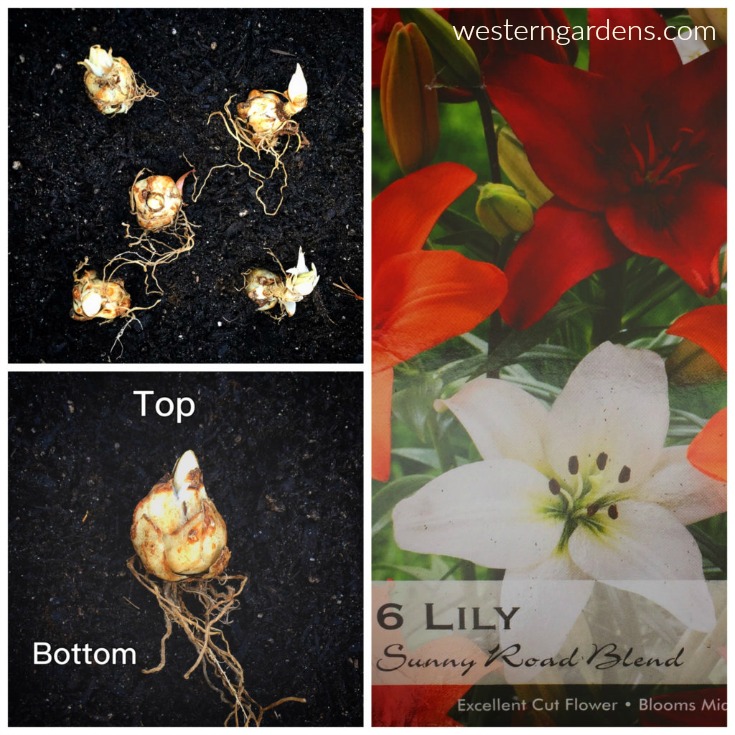 Asiatic and Oriental lilies are
Asiatic and Oriental lilies are 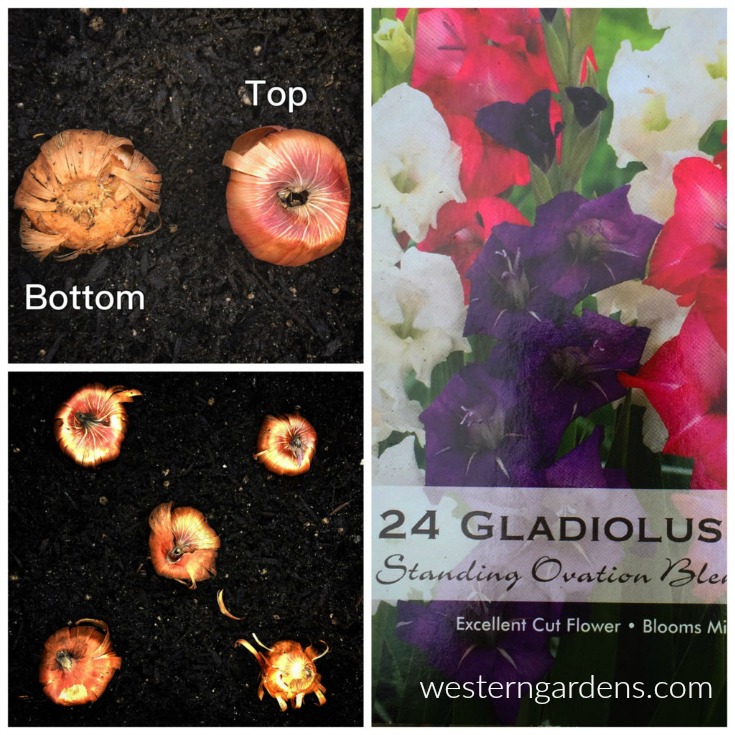 I suggest to plant summer blooming gladiolas each weekend for three consecutive weeks so blooms will last throughout the summer. Gladiolas should be planted after the danger of frost has passed. They need a sunny location. Unlike lilies, they don’t have a problem sharing space with neighboring plants. I will plant them 3-4 inches deep and about 6 inches apart. For a greater impact, I plant them in groups of three or more. Gladiolas are
I suggest to plant summer blooming gladiolas each weekend for three consecutive weeks so blooms will last throughout the summer. Gladiolas should be planted after the danger of frost has passed. They need a sunny location. Unlike lilies, they don’t have a problem sharing space with neighboring plants. I will plant them 3-4 inches deep and about 6 inches apart. For a greater impact, I plant them in groups of three or more. Gladiolas are 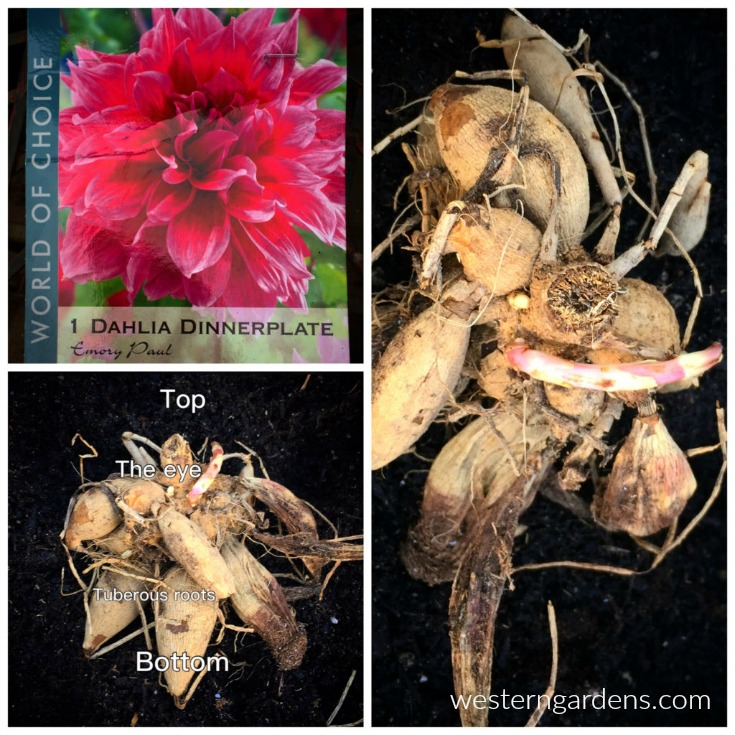 Dahlias should be planted in rich organic soil, in a sunny spot, and after the last frost. I am planting mine in pots early so I can get them started. I use Gardener’s Gold Organic Potting Soil. They will remain in pots outdoors for awhile so that when I see that temperatures are going to drop I can bring them inside. After the last frost, I will plant them outside. When planting it is important to give them plenty of room. I make sure each tuberous root has space between itself and its neighbors and then I’ll cover them with soil. Last year’s stem (the eye) should just be barely below the surface. Like the gladiolas, dahlias are
Dahlias should be planted in rich organic soil, in a sunny spot, and after the last frost. I am planting mine in pots early so I can get them started. I use Gardener’s Gold Organic Potting Soil. They will remain in pots outdoors for awhile so that when I see that temperatures are going to drop I can bring them inside. After the last frost, I will plant them outside. When planting it is important to give them plenty of room. I make sure each tuberous root has space between itself and its neighbors and then I’ll cover them with soil. Last year’s stem (the eye) should just be barely below the surface. Like the gladiolas, dahlias are 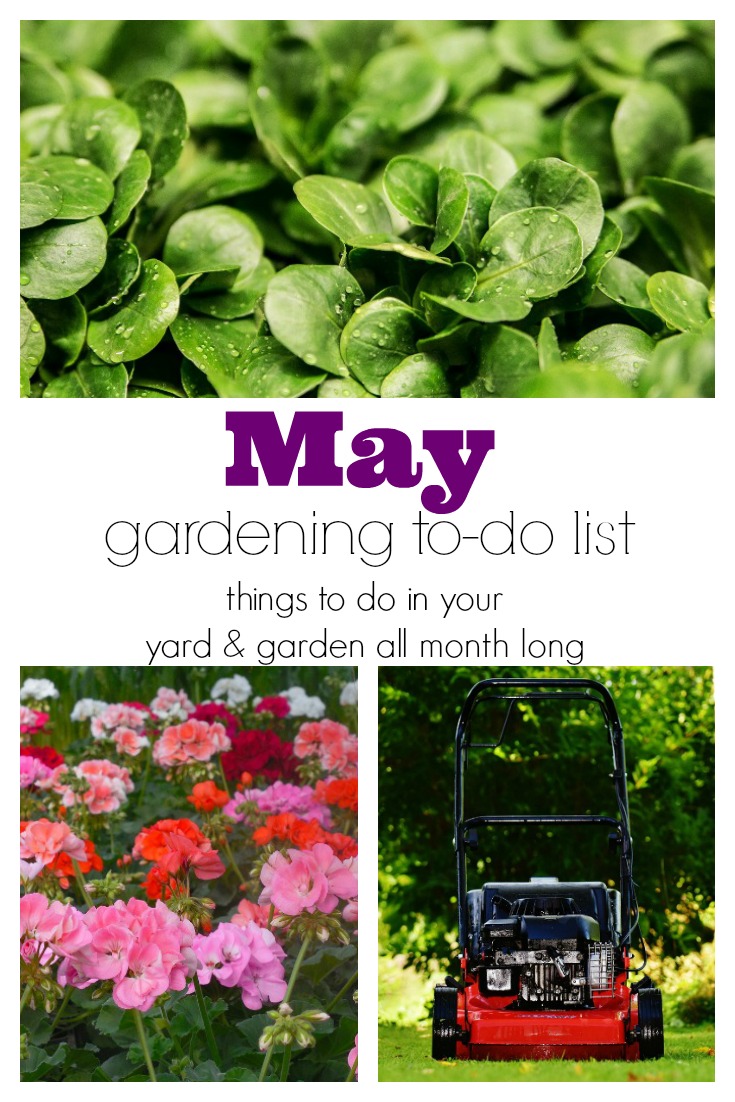
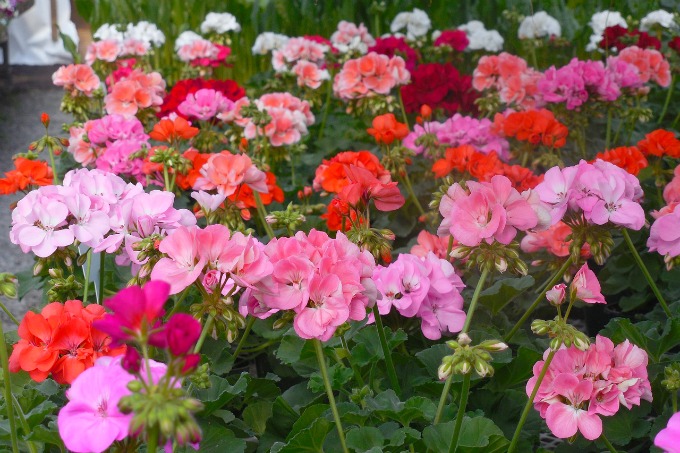
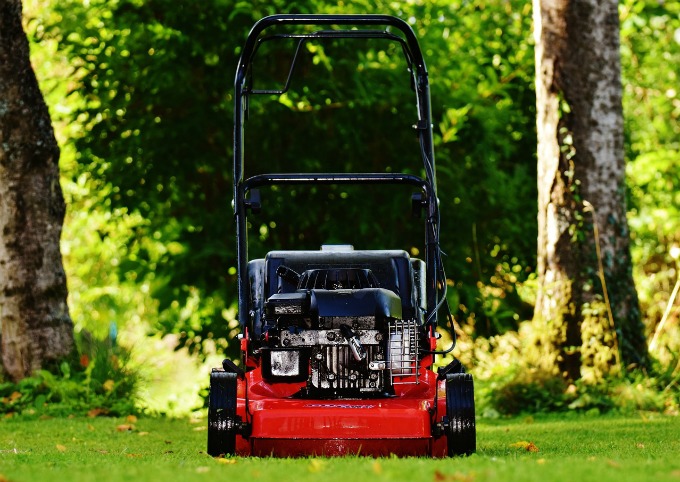
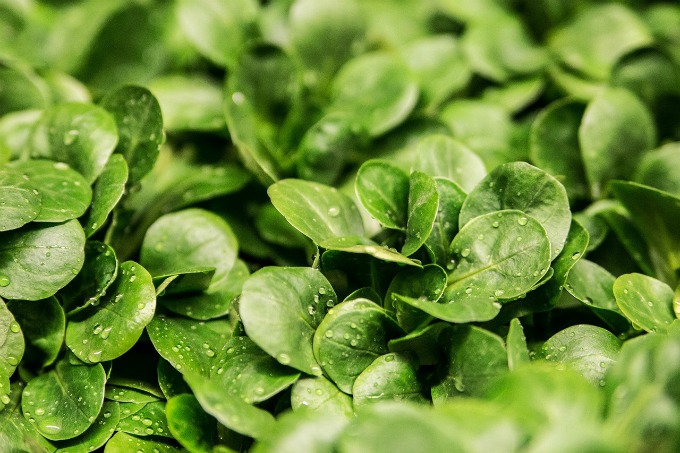
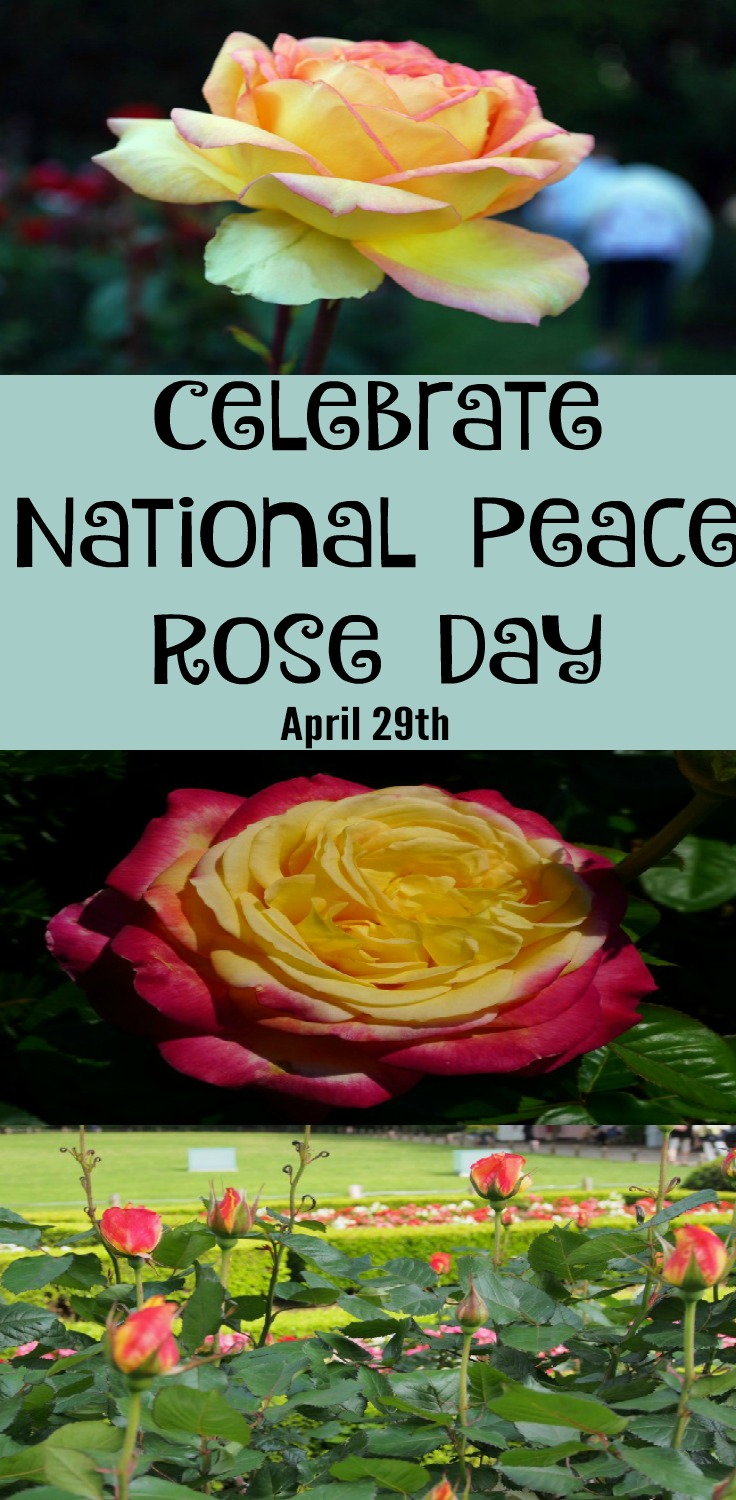
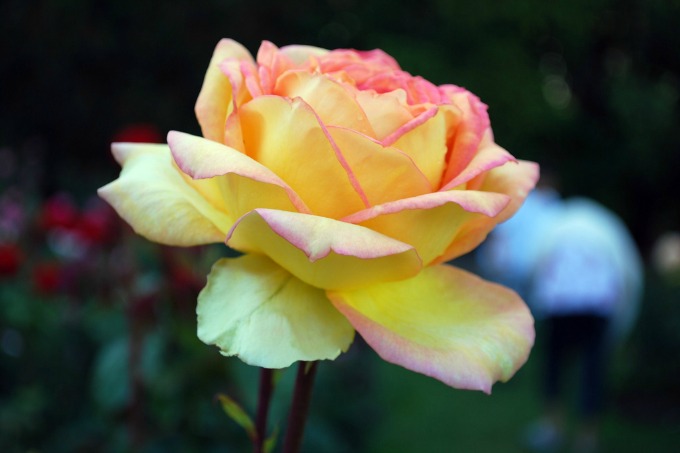
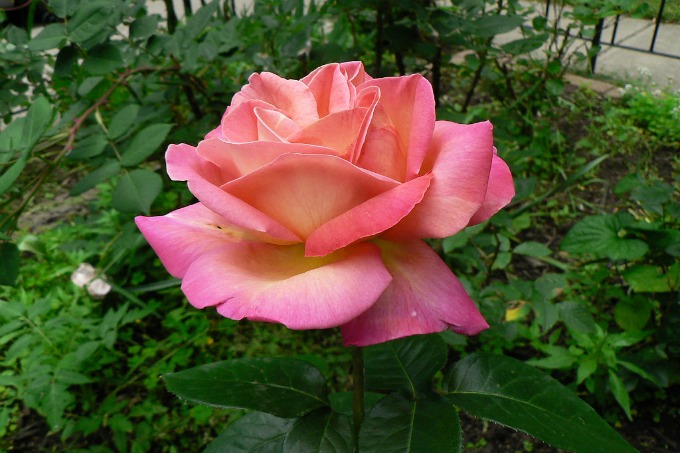
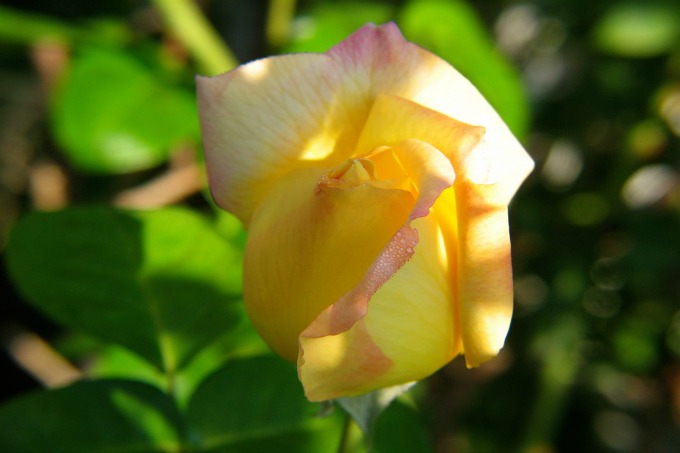
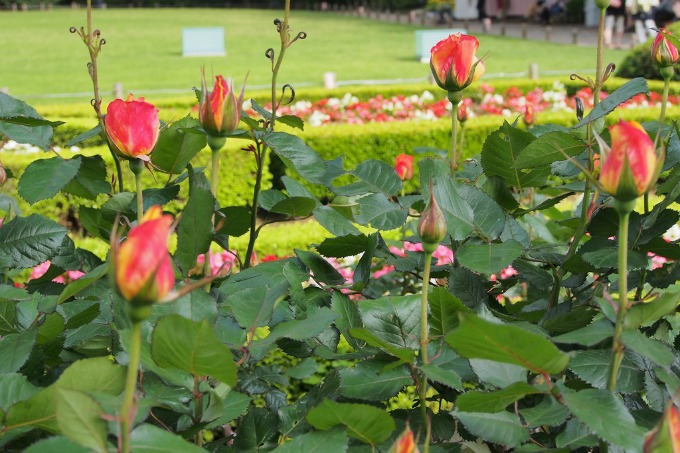
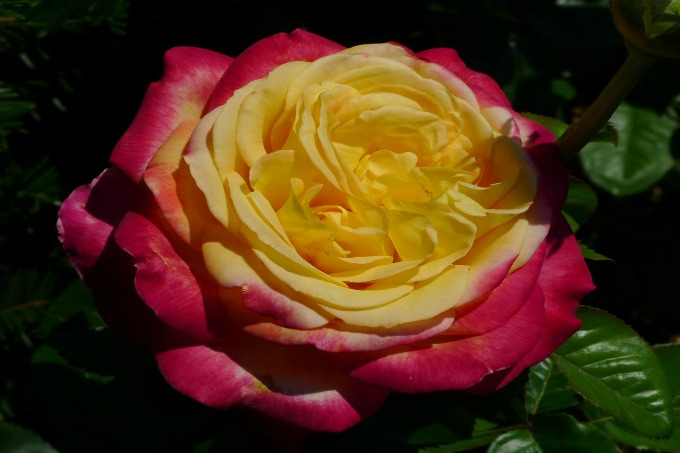
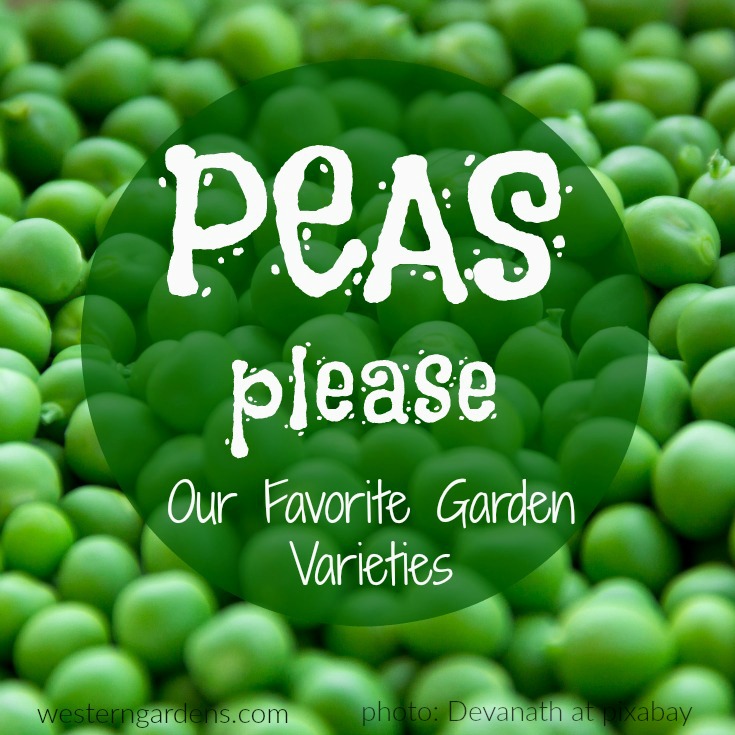 Each year as we get to the last few weeks of winter, my husband and I watch for the first day when it is warm enough for us to work outside in our garden for a few hours so we can plant peas. We can’t wait to get them in the ground! Though along the Wasatch front, we typically don’t plant until March, we’ve planted them as early as mid-February (straight in the ground; no greenhouse) and still had great success. Peas are a cool weather plant that needs little attention beyond watering and harvesting. They tolerate snow and light frost so don’t be afraid to plant peas early.
Each year as we get to the last few weeks of winter, my husband and I watch for the first day when it is warm enough for us to work outside in our garden for a few hours so we can plant peas. We can’t wait to get them in the ground! Though along the Wasatch front, we typically don’t plant until March, we’ve planted them as early as mid-February (straight in the ground; no greenhouse) and still had great success. Peas are a cool weather plant that needs little attention beyond watering and harvesting. They tolerate snow and light frost so don’t be afraid to plant peas early.